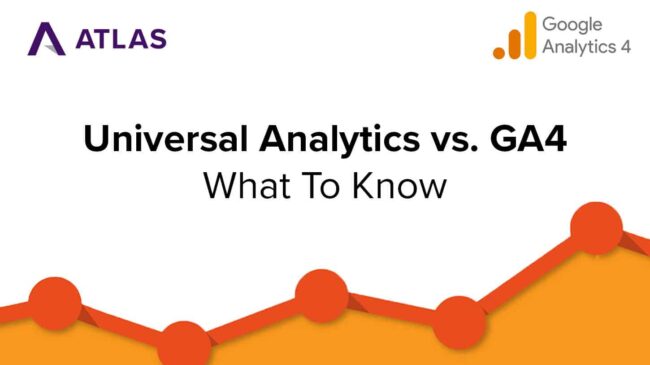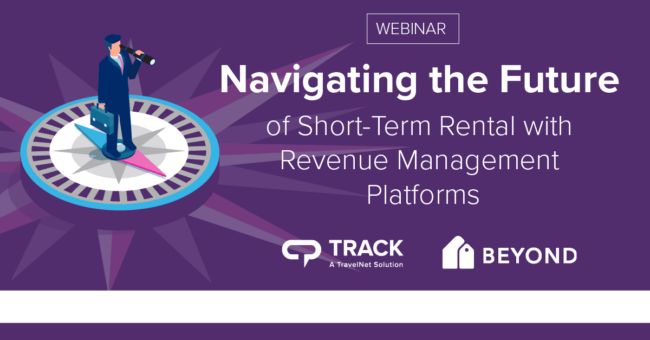Why and How to Segment Email Lists

An email list that you own and control is one of your most valuable marketing assets. But chances are, you have one master list and send your regularly scheduled or promo emails to everyone at the same time. That’s not inherently bad, but if you’re not segmenting, you’re not using one of the most powerful tools in a marketer’s arsenal.
Segmenting is exactly what it sounds like: Chunking out your list based on certain criteria. Check out Neil Patel’s excellent list of 10 such criteria to see what we mean. Just at a glance, you can see how some of these segmenting strategies can be of use. Segmenting your list makes it a) easier to tailor particular messages to your audience, and b) makes it easier for those audiences to see the messages’ relevance to them.
More relevance means better engagement and email performance. It’s that simple.
But that only covers the why. The how is much less involved than you might think. Basically, any data point that you can correlate with an email address in your list can be used to segment, either automatically or with a bit of manual input. Campaign Monitor has a terrific guide on why and how that goes into more detail on this.
Guest data you already collect can be used to group guests into traits they share. For example, if a property was extensively remodeled, you identify guests who stayed there on more than one occasion and send them photos of the renovations. Or, if you’re in Florida and there’s a cold snap in New England, you could segment by location and reach out to past guests in that region, perhaps with a discount offer. Look through a typical guest record and think about how that information could be used in a highly targeted (and therefore highly relevant) campaign.
To do this, just filter by your desired criteria in Track to create your segment list. If your email platform isn’t integrated with your PMS or CRM, you’ll have to export the matching records and upload them into your email platform as a new segment. In either case, the software should match, de-dupe, or add as necessary based on your subscriber database, then you can get to designing. (NOTE: Make sure you send your targeted email ONLY to that segment and not your whole subscriber list.)
If you can only segment one way, especially if you’re new to the practice, do it based on engagement. Any email marketing platform will have this ability. For example, if you want to extend a special offer or survey invitation only to people on your list who open your emails at least half the time, you can do that and have a “superfans” segment. If they used to open them but haven’t in a long time, you can filter them into a “lapsed” segment.
There are more sophisticated means of segmentation, but you get the gist. In the process, you might spot hundreds or even thousands of recipients who never open your emails. Target them in a re-engagement campaign or purge them and potentially drop down to a cheaper subscription tier.
Bottom line: If you’re not segmenting, you’re choosing a scattershot approach to a laser. And to paraphrase Austin Powers, who doesn’t want to use the friggin’ laser?



